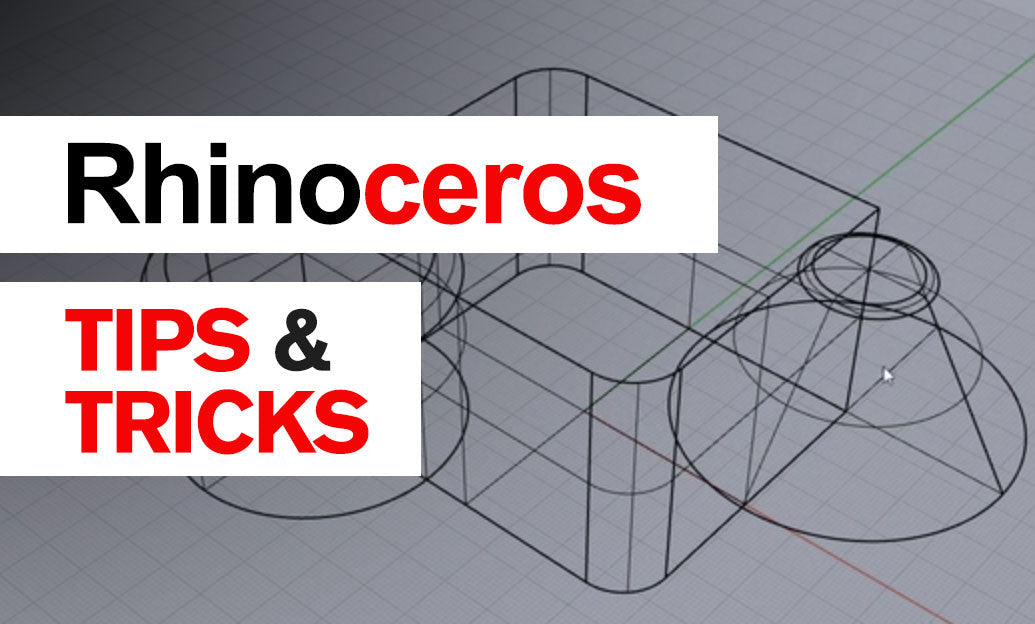Your Cart is Empty
Customer Testimonials
-
"Great customer service. The folks at Novedge were super helpful in navigating a somewhat complicated order including software upgrades and serial numbers in various stages of inactivity. They were friendly and helpful throughout the process.."
Ruben Ruckmark
"Quick & very helpful. We have been using Novedge for years and are very happy with their quick service when we need to make a purchase and excellent support resolving any issues."
Will Woodson
"Scott is the best. He reminds me about subscriptions dates, guides me in the correct direction for updates. He always responds promptly to me. He is literally the reason I continue to work with Novedge and will do so in the future."
Edward Mchugh
"Calvin Lok is “the man”. After my purchase of Sketchup 2021, he called me and provided step-by-step instructions to ease me through difficulties I was having with the setup of my new software."
Mike Borzage
Cinema 4D Tip: Efficient Object Organization in Cinema 4D: Mastering Grouping and Nesting Techniques
June 08, 2025 3 min read

In Cinema 4D, efficiently organizing your objects is essential for a smooth workflow, especially when dealing with complex scenes. Grouping and nesting objects not only keep your project tidy but also allow for more effective manipulation and animation of multiple elements.
Understanding Grouping
Grouping is the process of combining multiple objects under a single parent object, usually a null object, so they can be managed as one unit.
- Select Objects to Group: In the Object Manager, select the objects you want to group by holding down the Shift key and clicking on each object.
- Create a Group: Press Alt + G (Option + G on Mac) to group the selected objects under a new null object.
- Rename the Group: It's good practice to rename the null object to something descriptive, like "Car_Model" or "Building_Structures," for easy identification.
The Power of Nesting
Nesting involves creating hierarchical relationships between objects, where child objects inherit attributes and transformations from their parent objects.
- Create Parent-Child Relationships: Drag an object onto another object in the Object Manager to make it a child of that object.
- Inheritance of Transformations: Child objects will inherit position, rotation, and scale from their parent, making it easier to move complex assemblies.
- Organize Complex Scenes: Nesting helps in breaking down intricate models into manageable sections, like limbs of a character or parts of machinery.
Advantages of Grouping and Nesting
- Improved Organization: Keeps the Object Manager uncluttered, making it easier to navigate through the scene.
- Efficient Editing: Apply transformations or effects to multiple objects simultaneously by manipulating the parent group.
- Simplified Animation: Animate a group to move all child objects in unison, which is especially useful for character rigs or mechanical parts.
- Enhanced Performance: Managing objects in groups can reduce computational load, leading to faster scene interaction and rendering times.
- Collaborative Workflow: Well-organized scenes make it easier for team members to understand and work on different parts of a project.
Best Practices for Effective Organization
- Use Null Objects Strategically: Null objects serve as empty parents that can hold groups of objects without adding geometry to the scene.
- Adopt Consistent Naming Conventions: Name your groups and objects descriptively to quickly identify them later. For example, use prefixes like "grp_" for groups.
- Color-Code Objects: Apply colors to objects or groups in the Object Manager to visually categorize different parts of your scene.
- Utilize Layers: Combine grouping with Cinema 4D's layer system to control visibility, rendering, and editing properties of multiple groups at once.
- Regularly Clean Up Hierarchies: Periodically review your object hierarchy to remove unused objects and reorganize groups for optimal performance.
Practical Example: Animating a Mechanical Arm
Suppose you're animating a robotic arm with multiple joints and segments.
- Group Components: Group each segment's parts (e.g., bolts, plates) under a null object named after the segment (e.g., "Upper_Arm").
- Nest Segments Hierarchically: Nest "Hand" under "Forearm," then "Forearm" under "Upper_Arm," to create a parent-child chain.
- Animate Parent Objects: Rotating the "Upper_Arm" will move the entire arm, while rotating "Forearm" or "Hand" allows for finer control.
This hierarchical setup mimics real-world mechanics and simplifies the animation process.
Enhancing Workflow with Shortcuts
- Quick Grouping: Use Alt + G (Option + G on Mac) to group selected objects instantly.
- Ungrouping Objects: Press Shift + G to ungroup objects from their parent.
- Expanding/Collapsing Hierarchies: Use the + and - keys to expand or collapse all groups in the Object Manager.
Explore More with NOVEDGE
Looking to deepen your Cinema 4D expertise? Visit NOVEDGE for a wide selection of professional 3D software, plugins, and learning resources. Elevate your projects with the tools used by industry professionals.
Conclusion
Mastering grouping and nesting in Cinema 4D is essential for managing complex scenes and improving your workflow. By organizing objects hierarchically, you gain greater control over transformations, animations, and overall scene structure. Start implementing these techniques today to enhance your 3D creations.
Stay updated with the latest tips and trends by following NOVEDGE on social media and explore our offerings at novedge.com.
Also in Design News

Cinema 4D Tip: Structured Content Browser Workflow for Cinema 4D Asset Management
January 07, 2026 2 min read
Read MoreSubscribe
Sign up to get the latest on sales, new releases and more …




